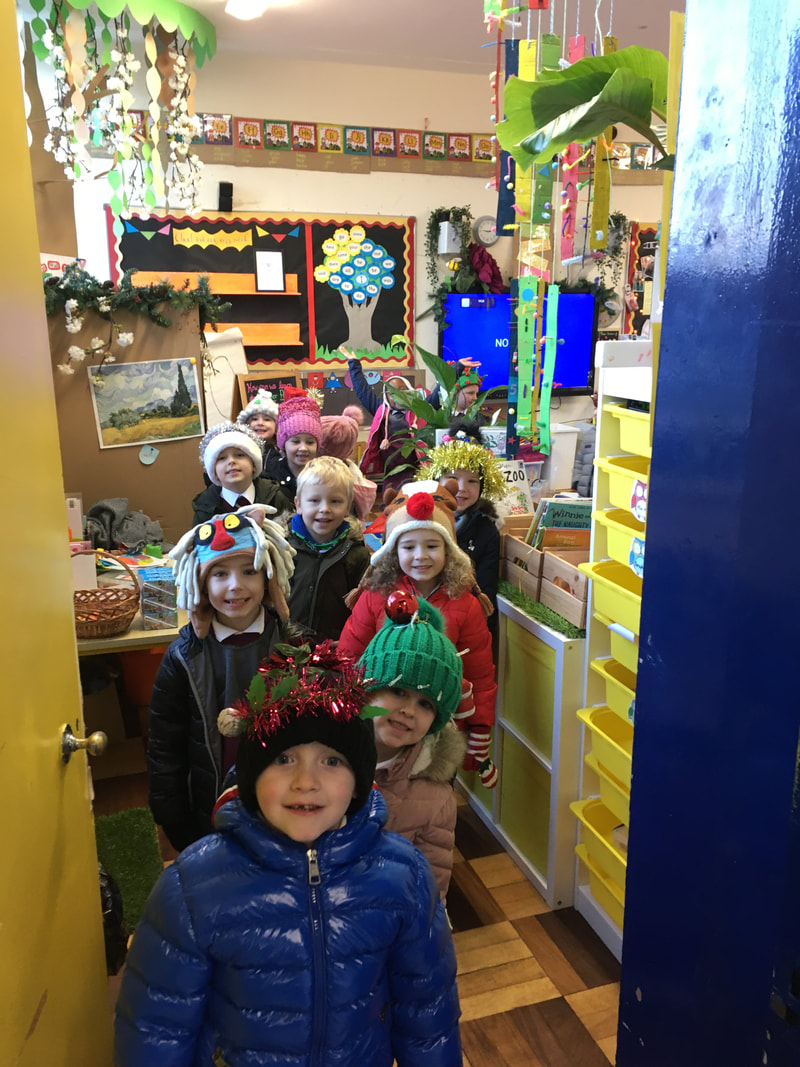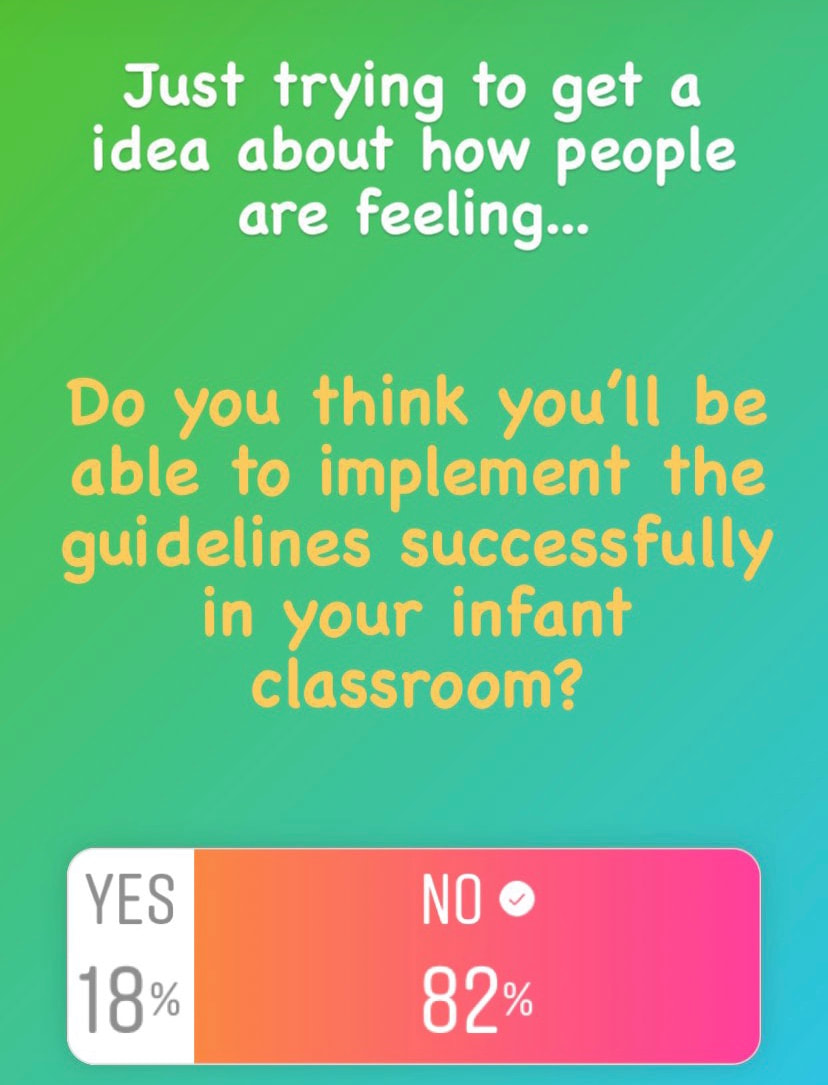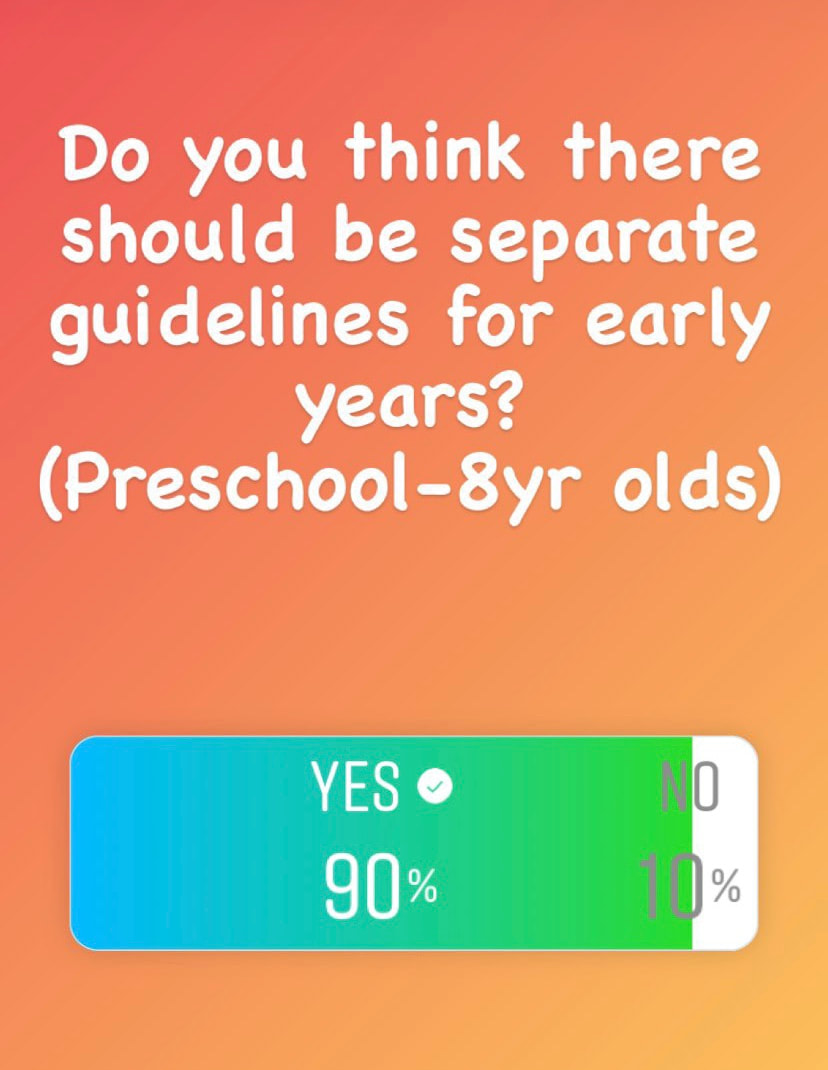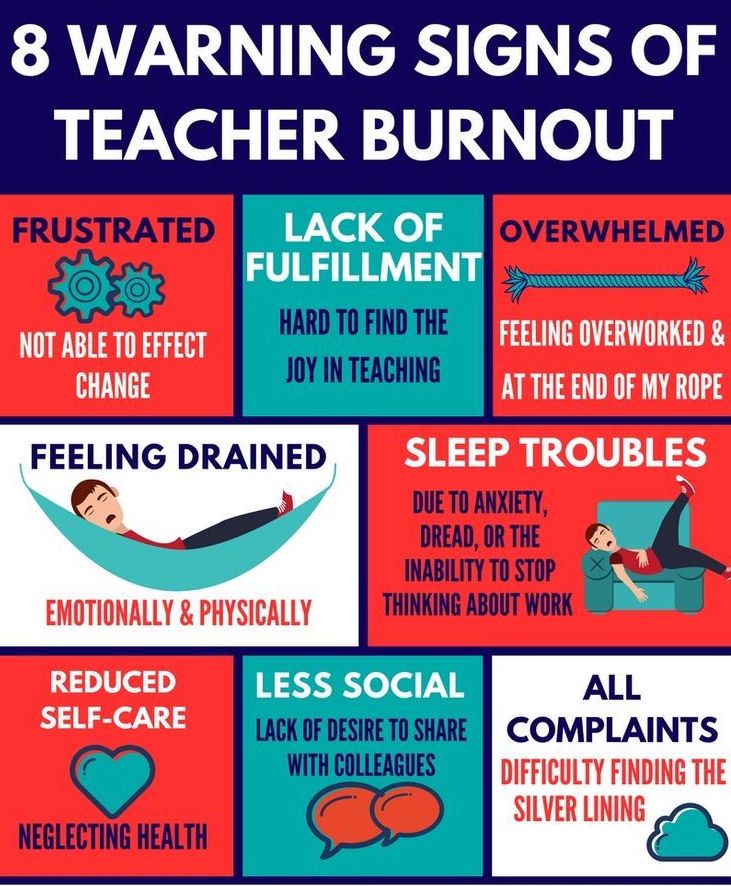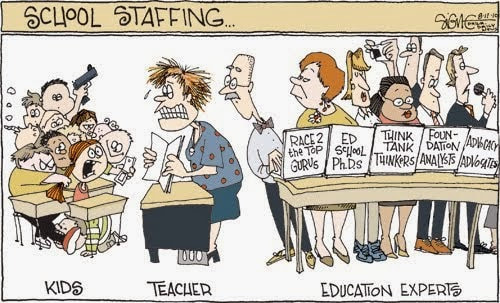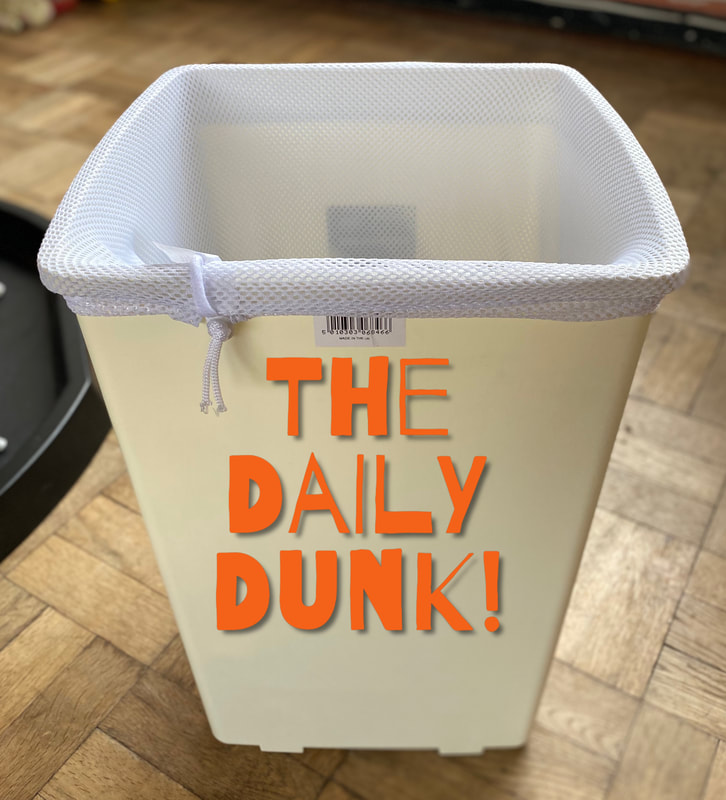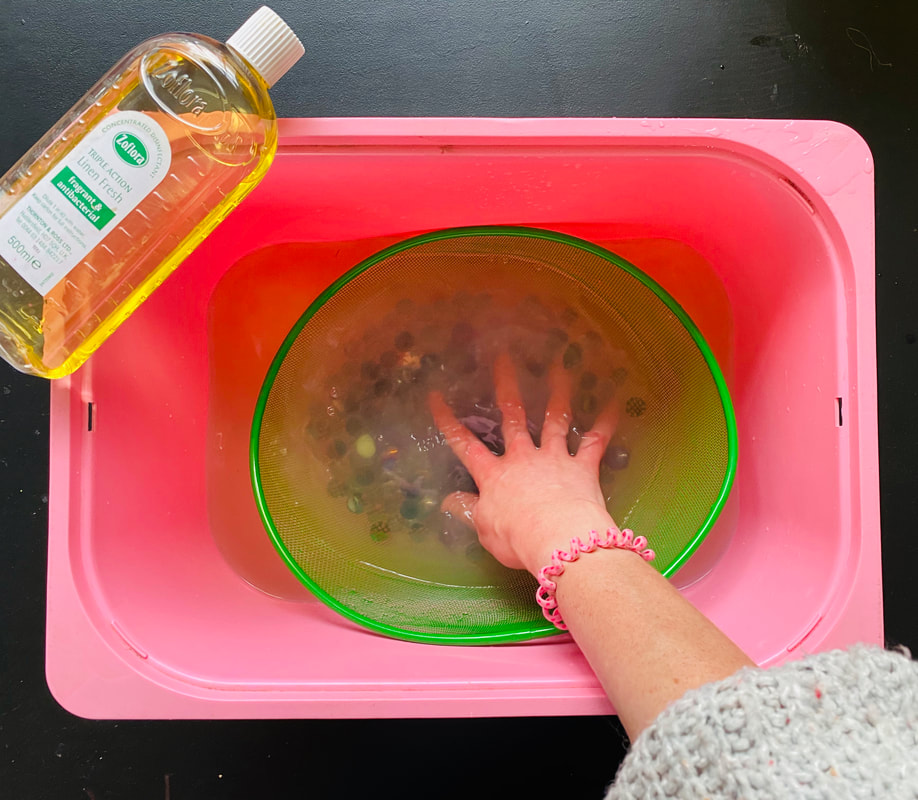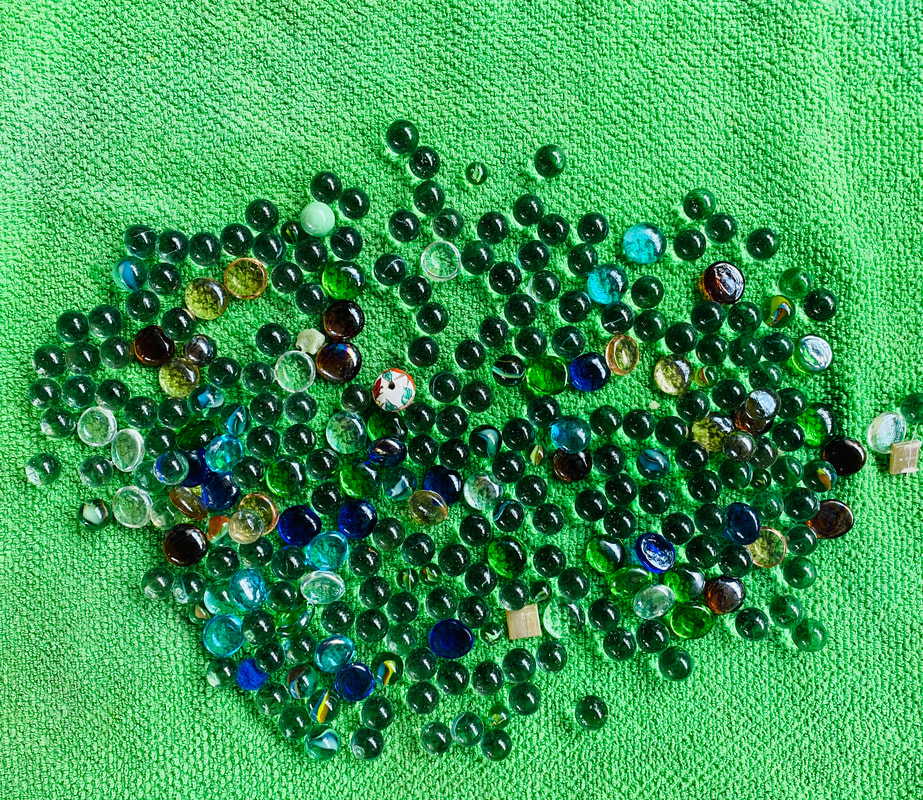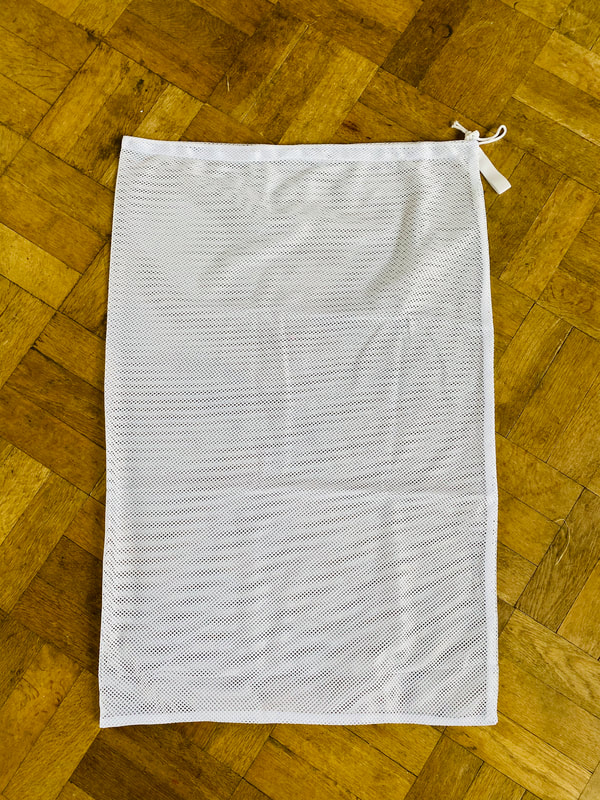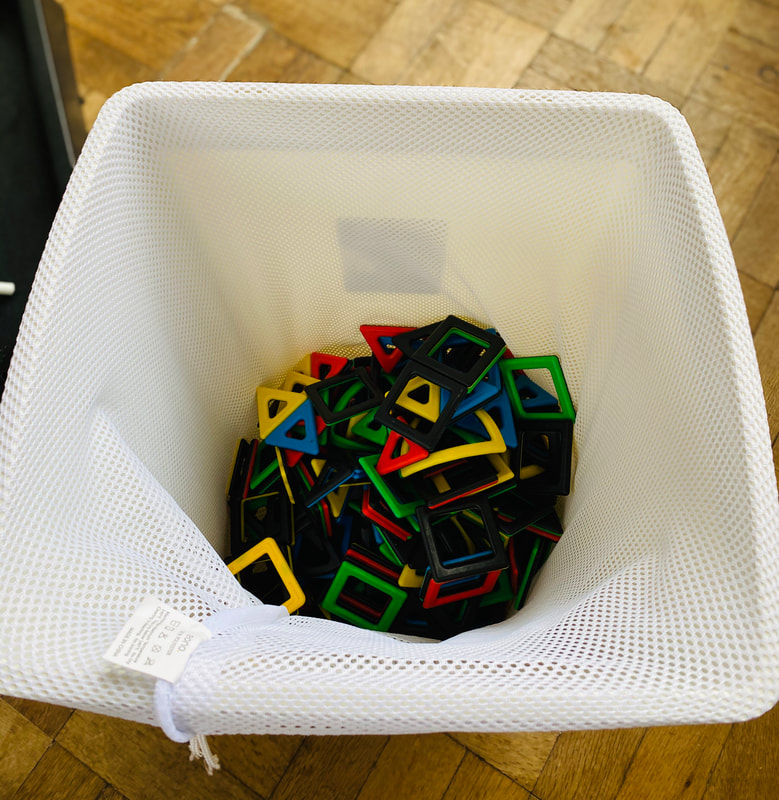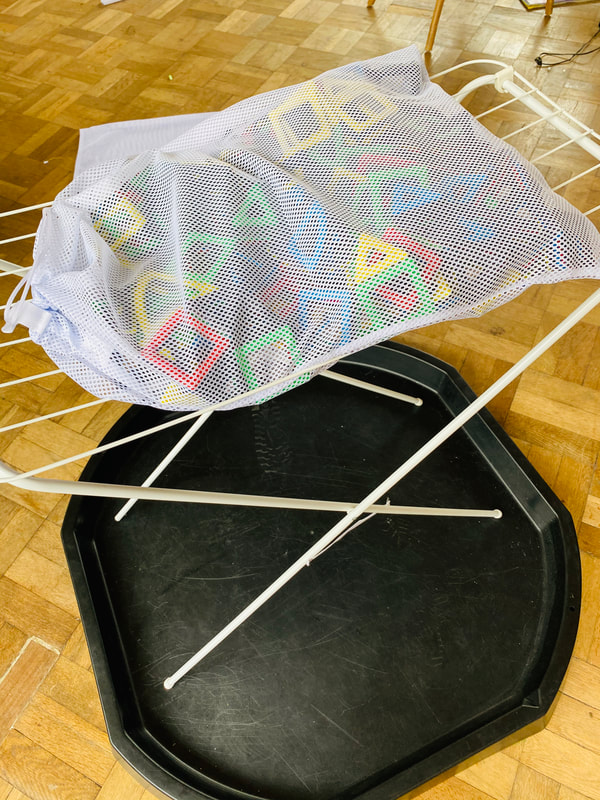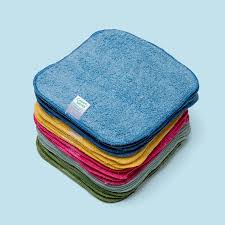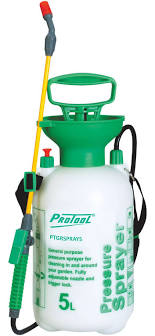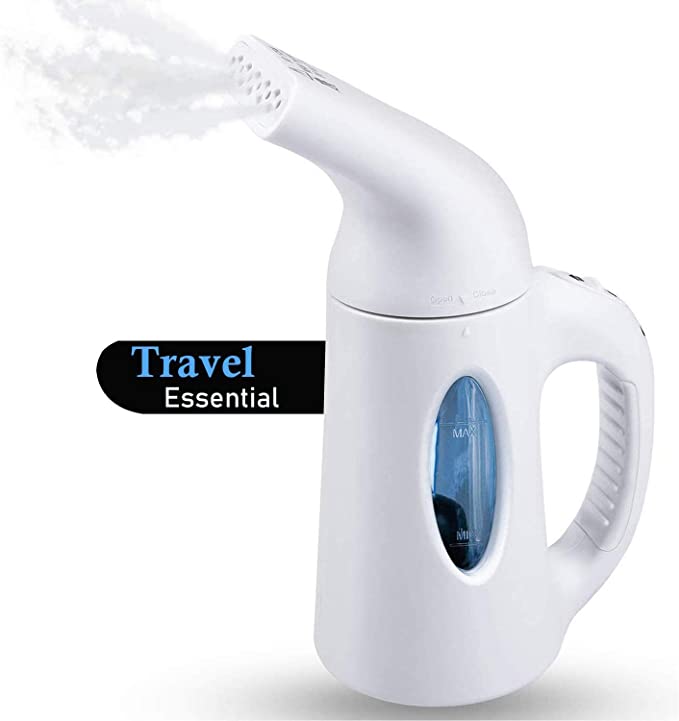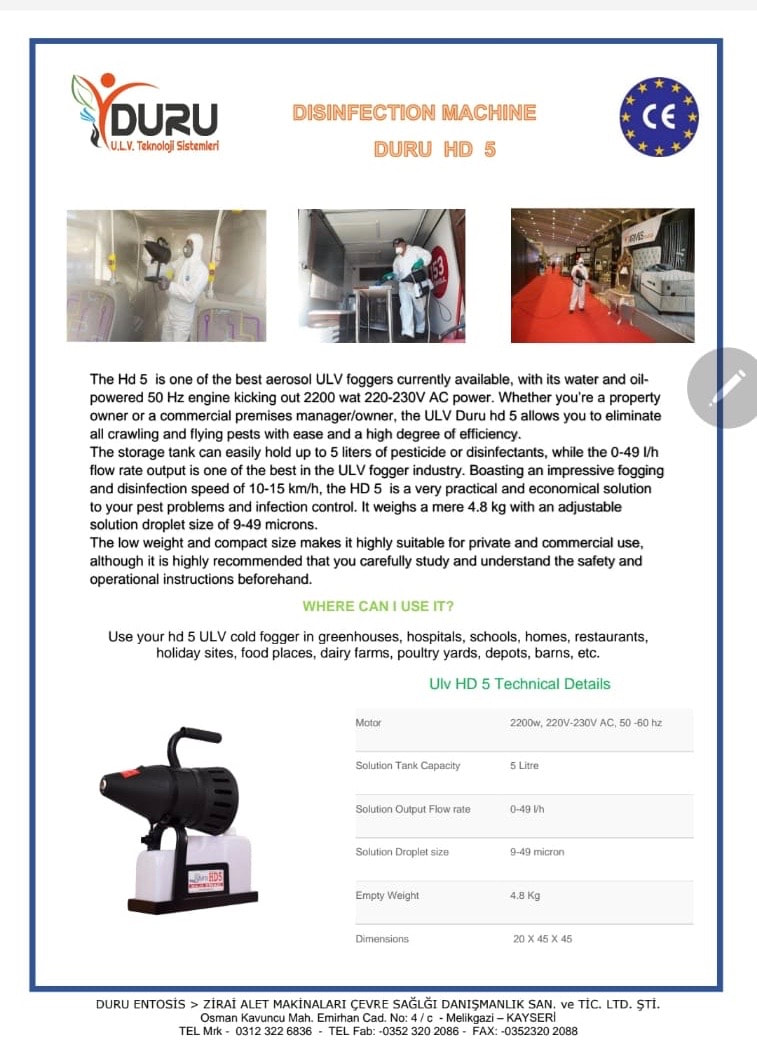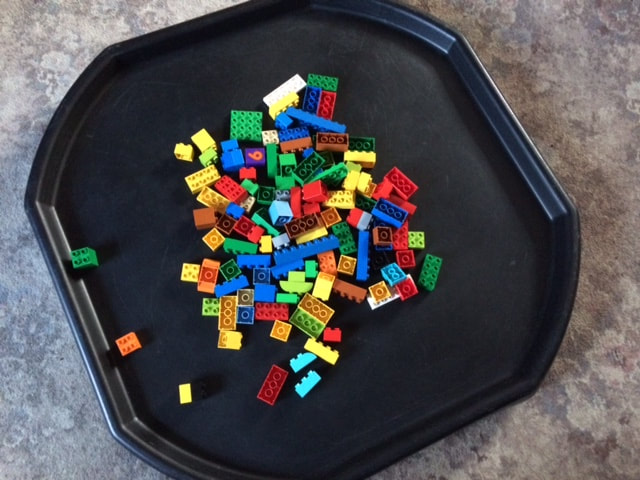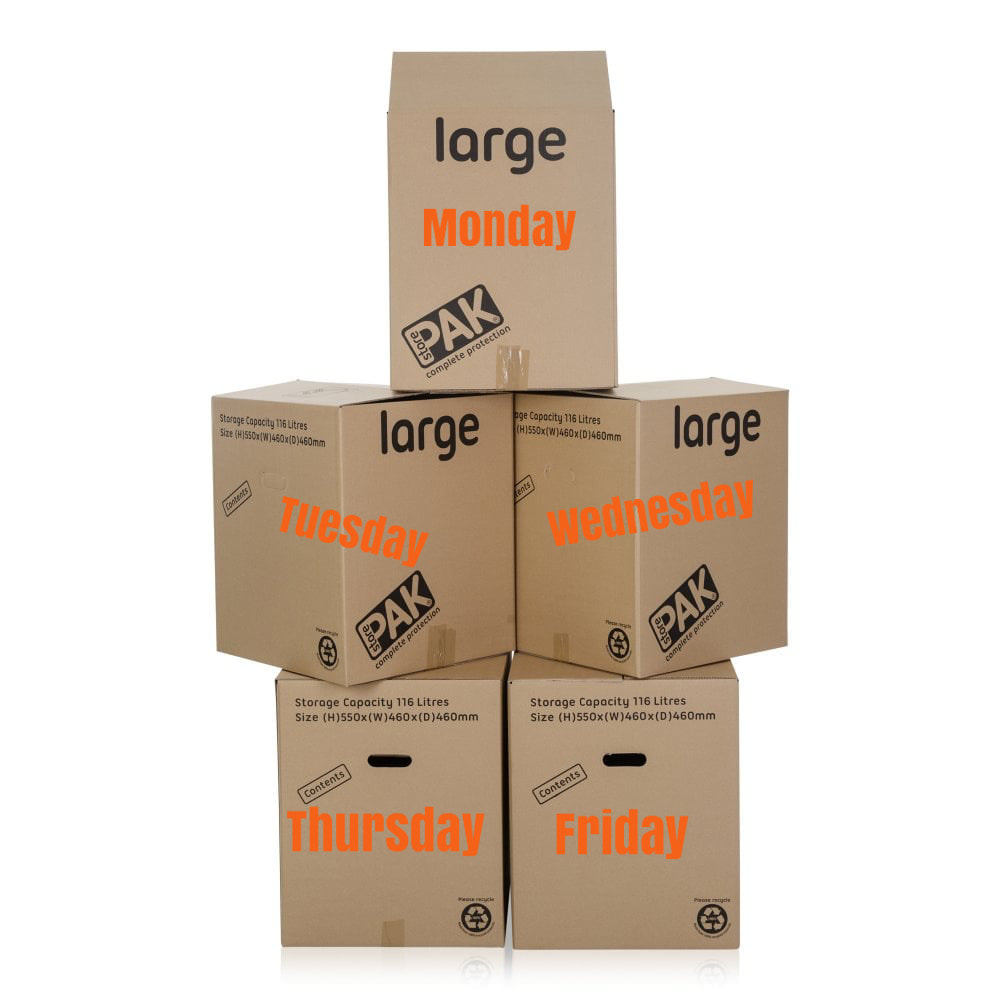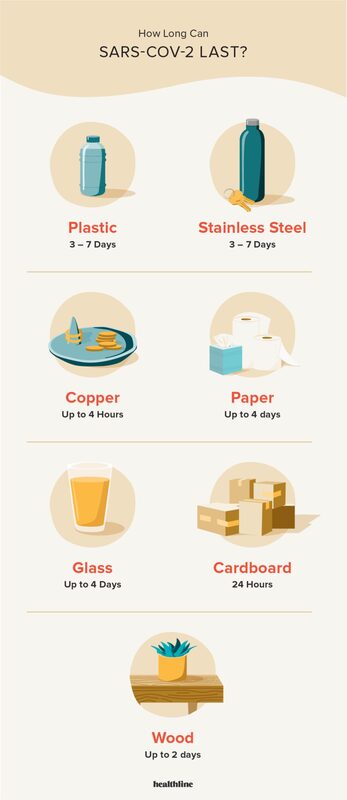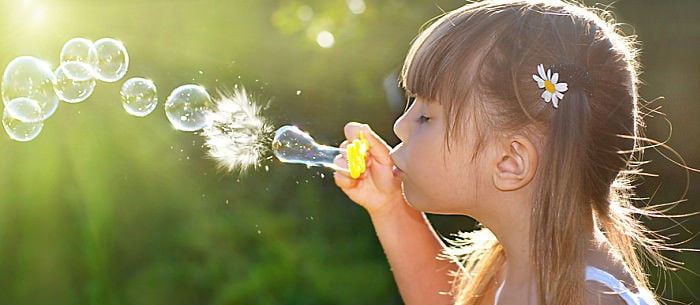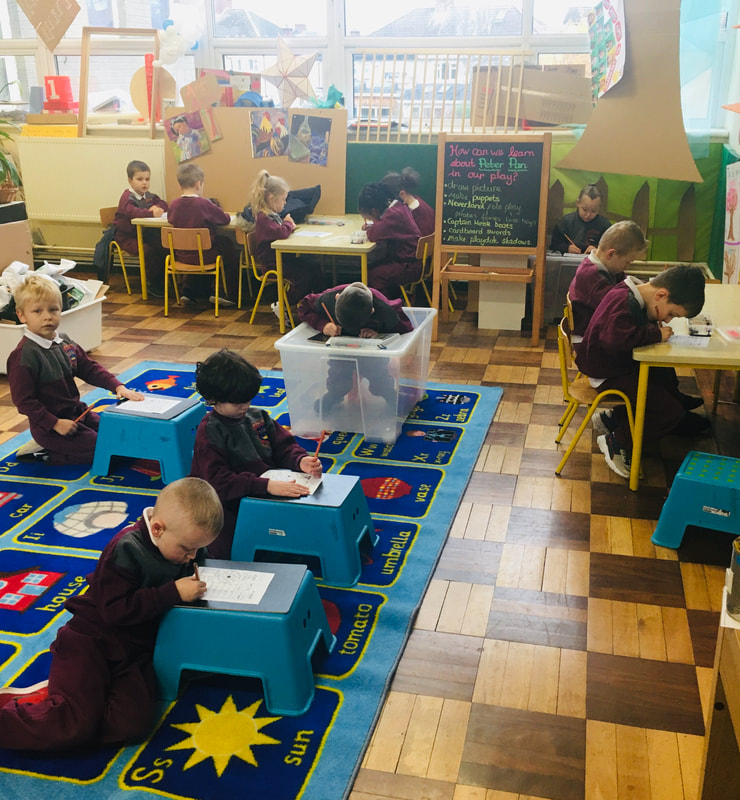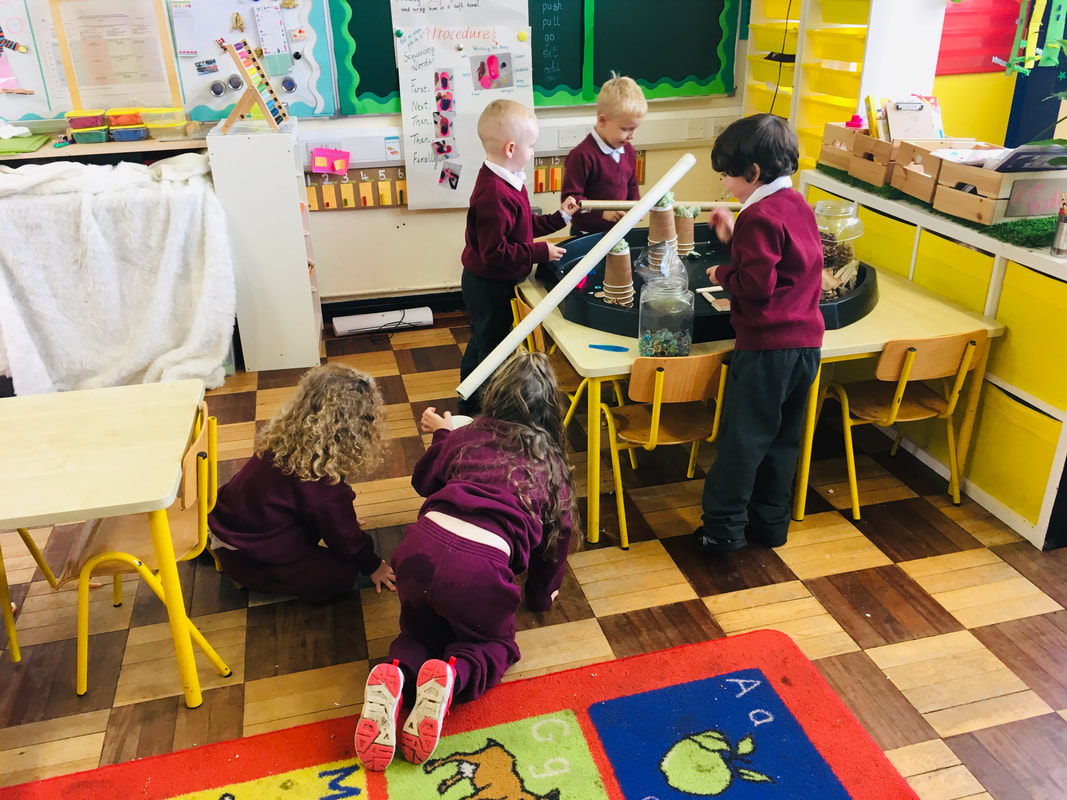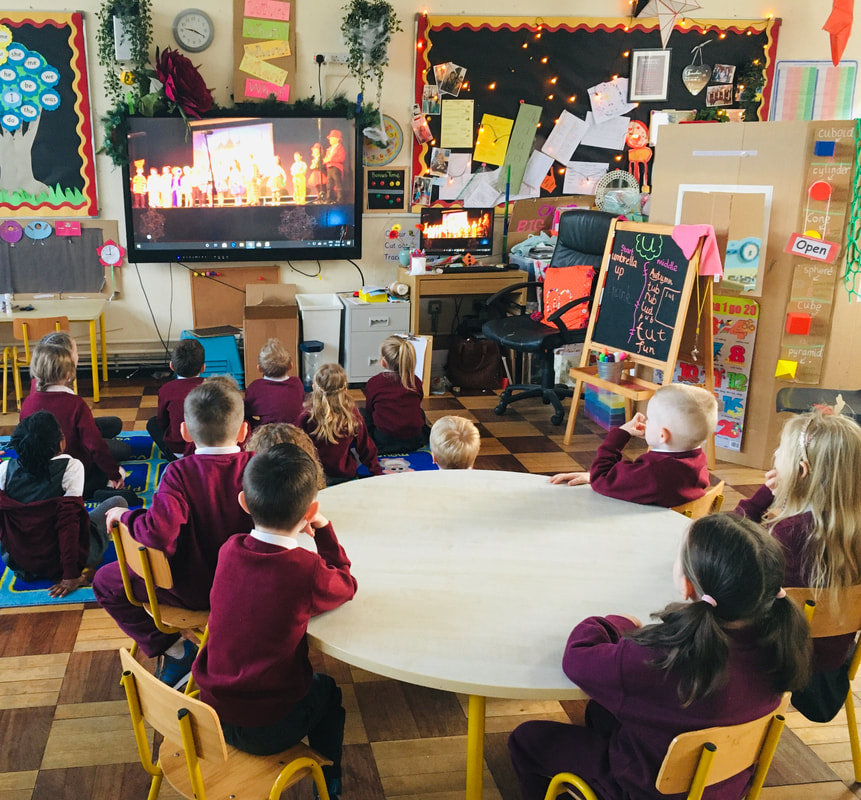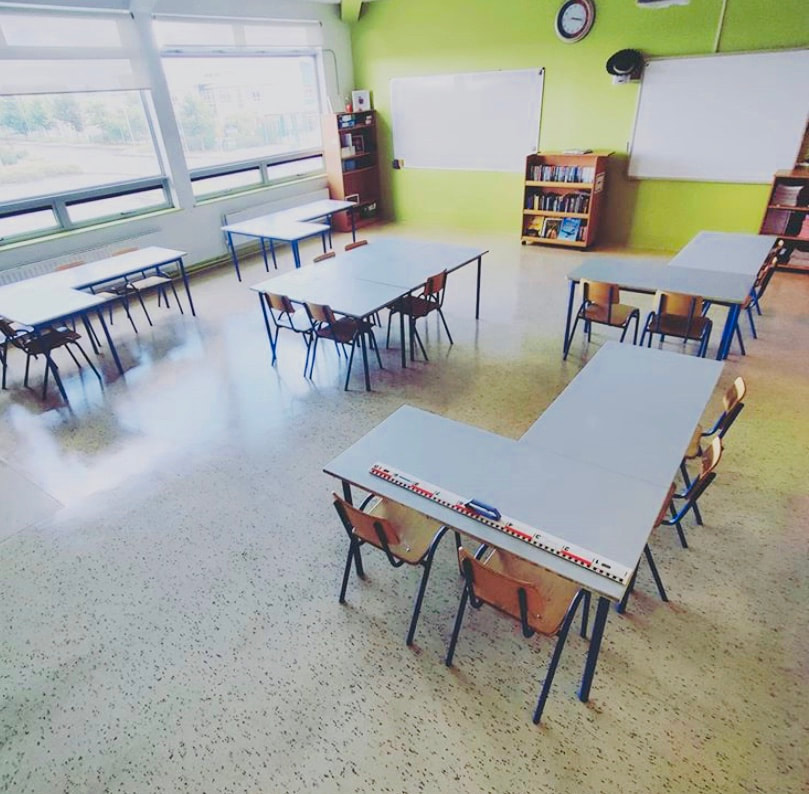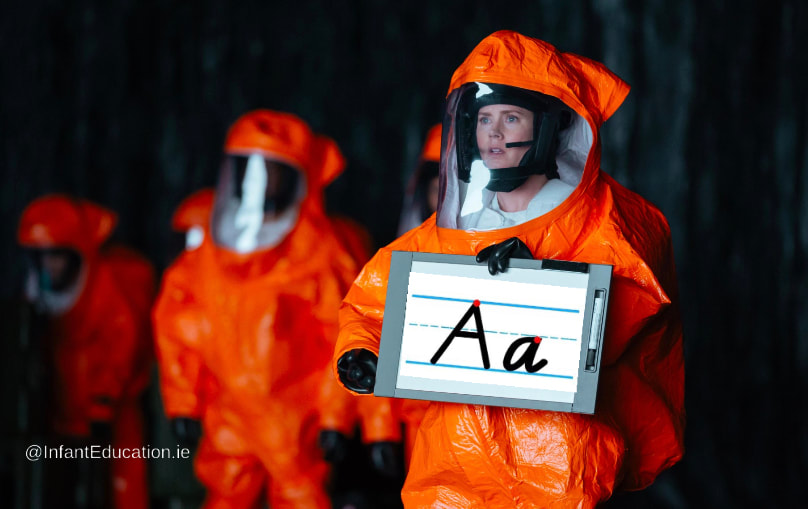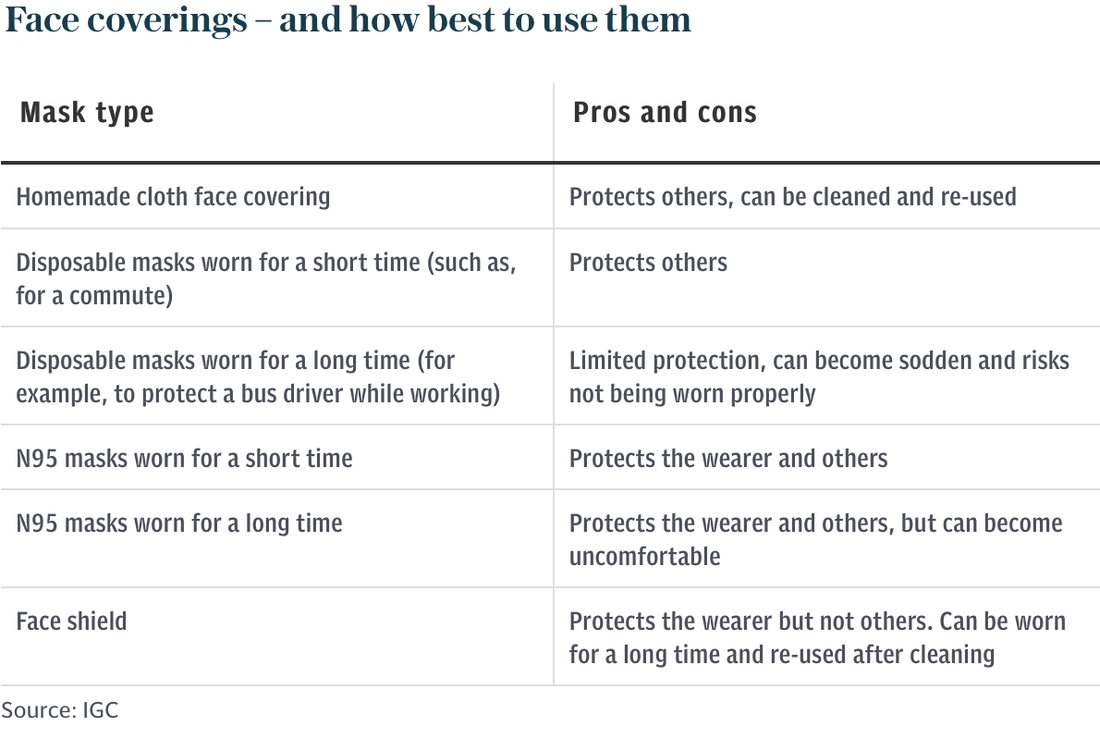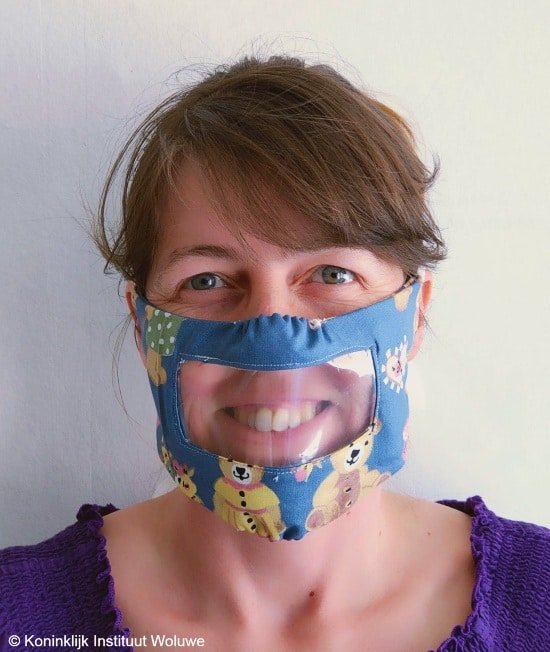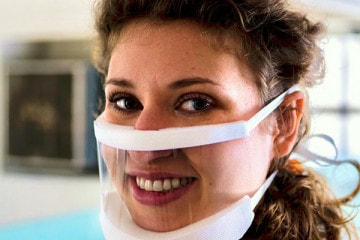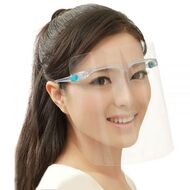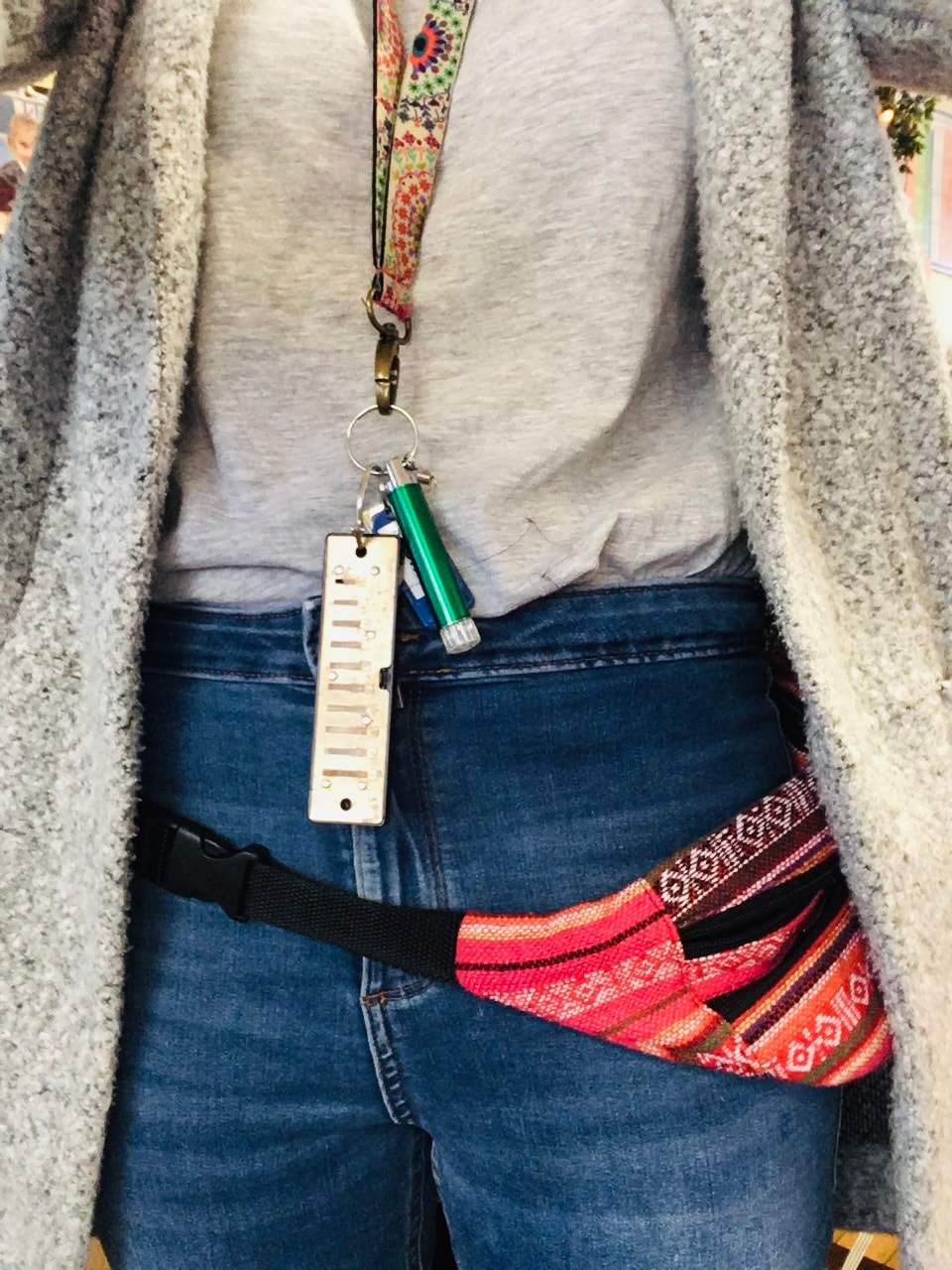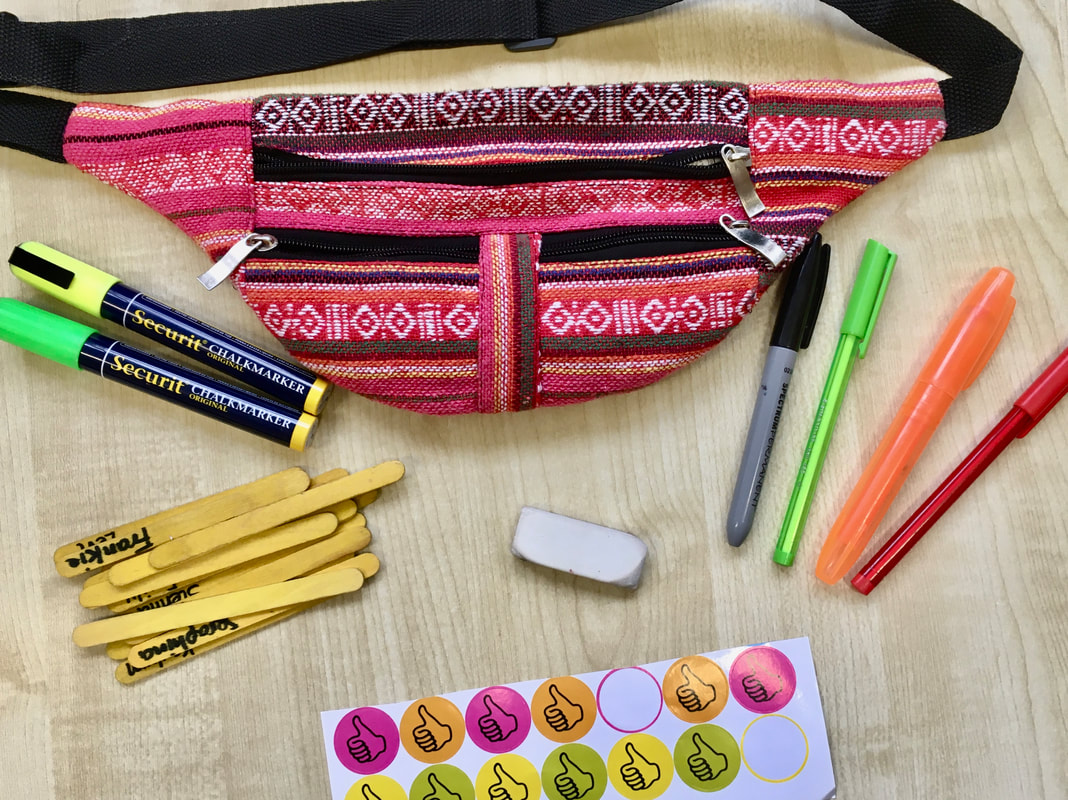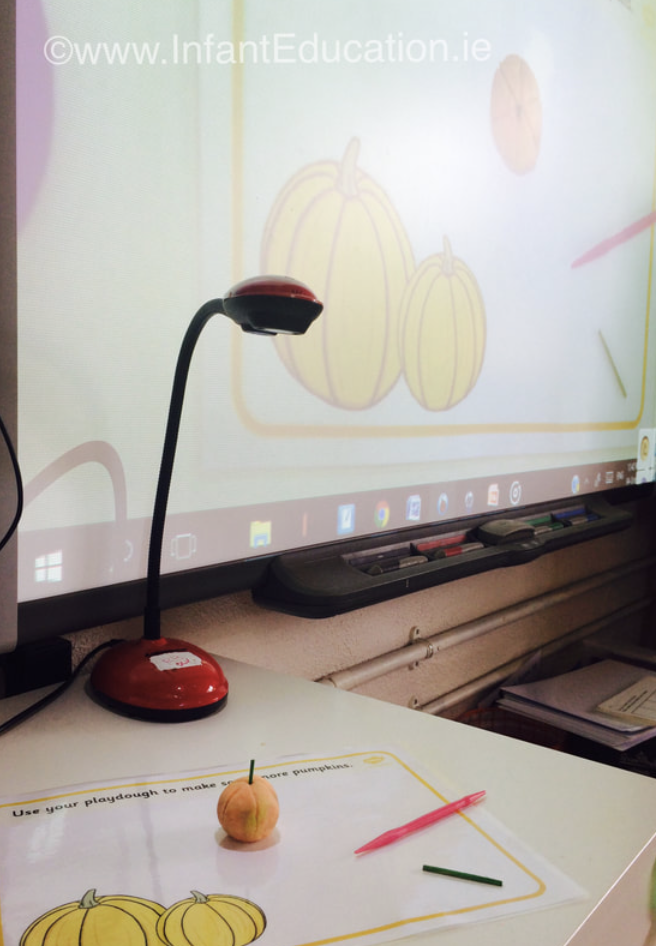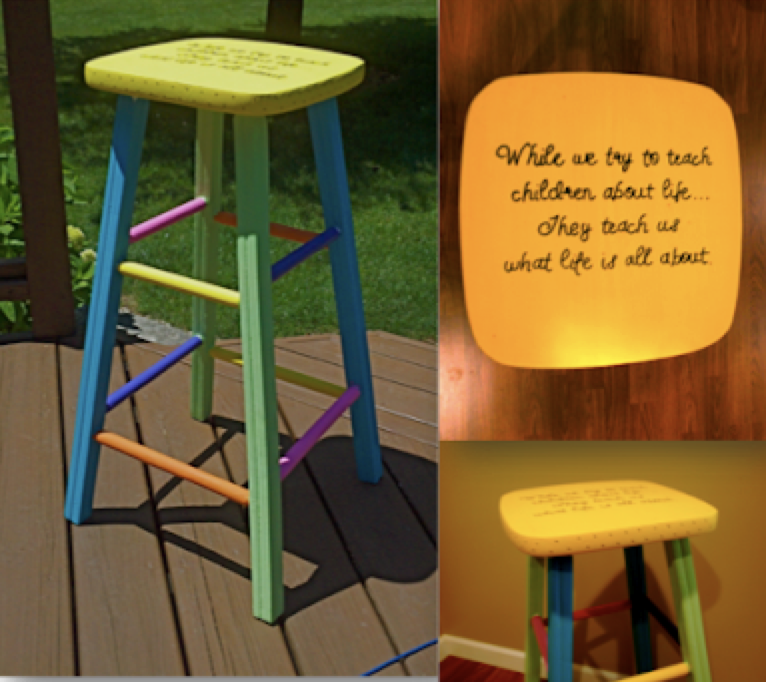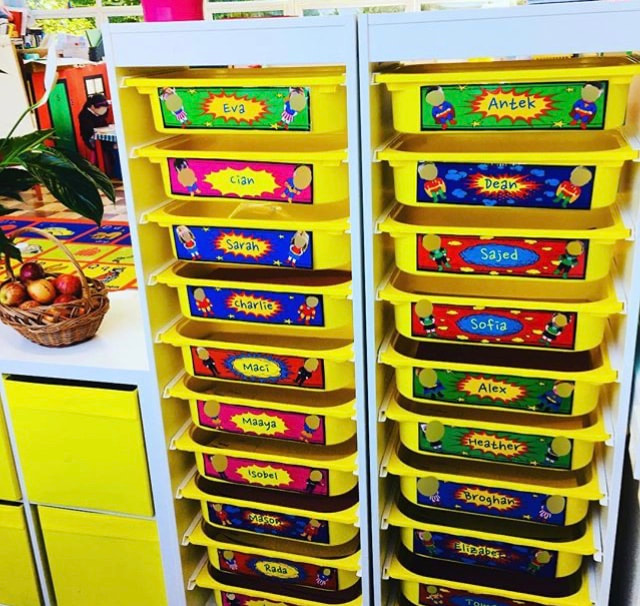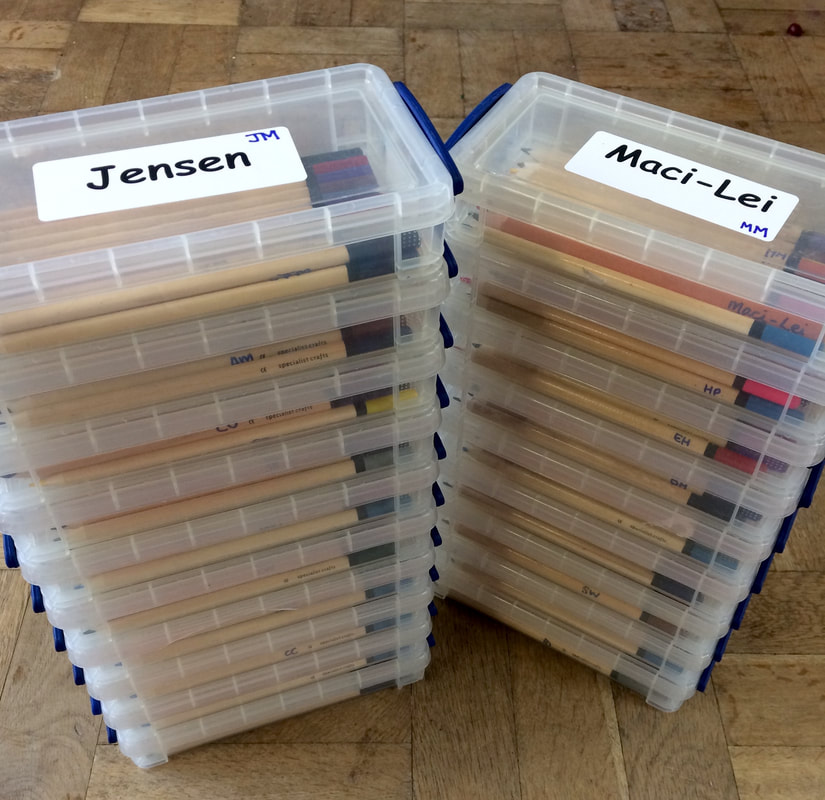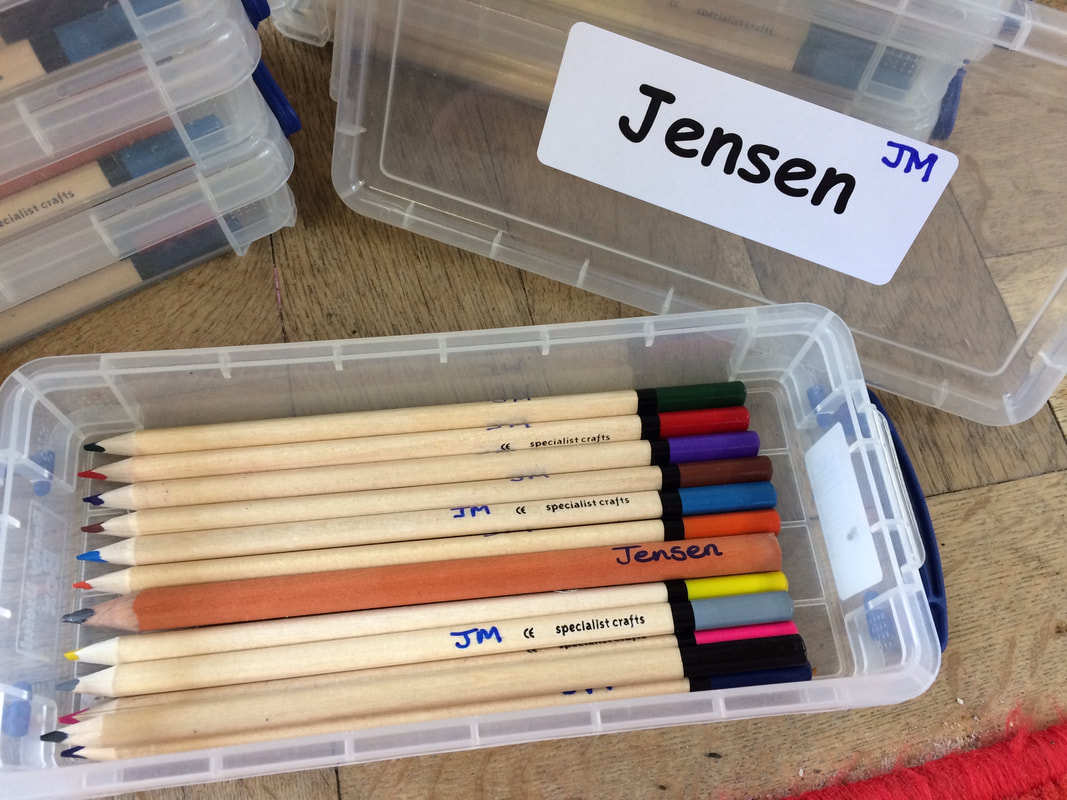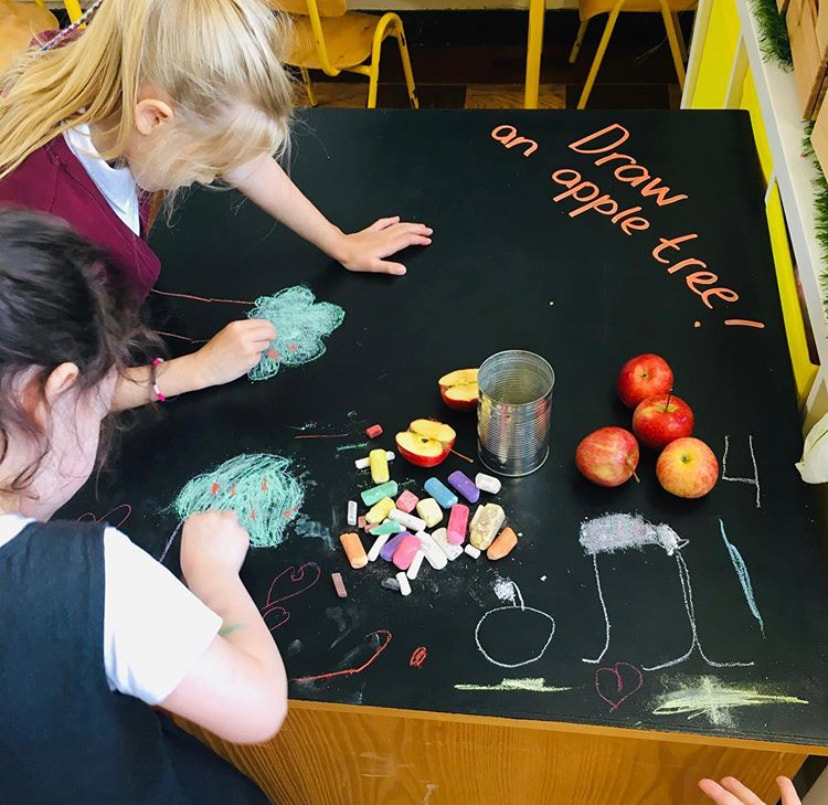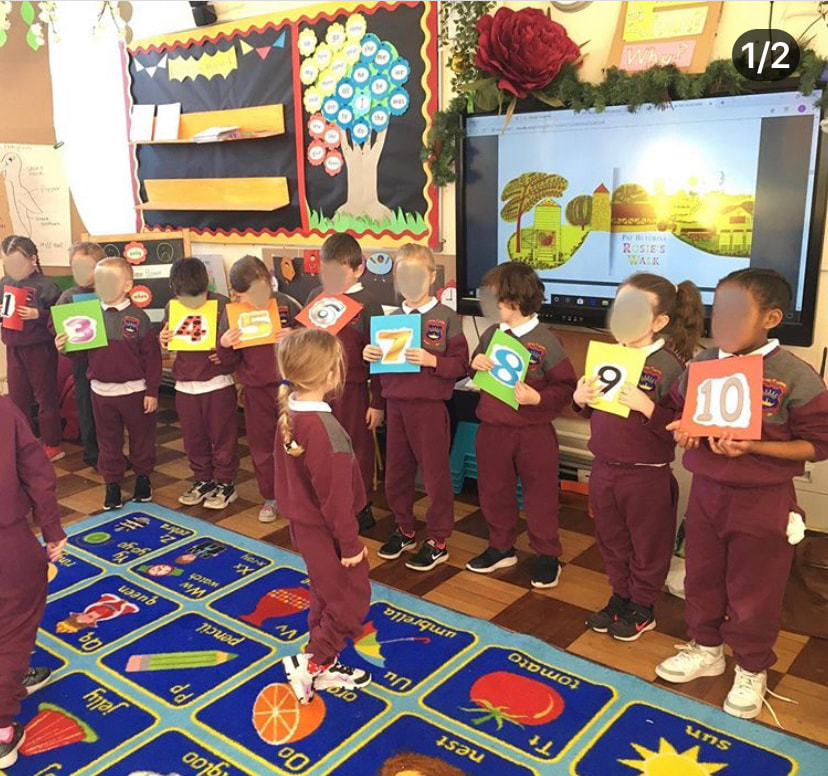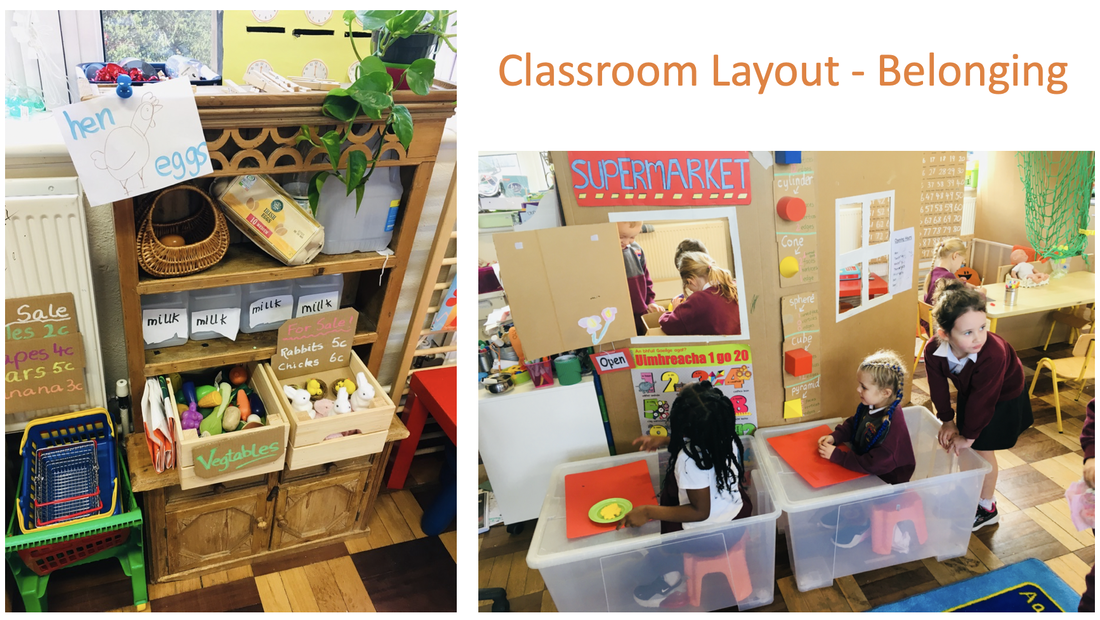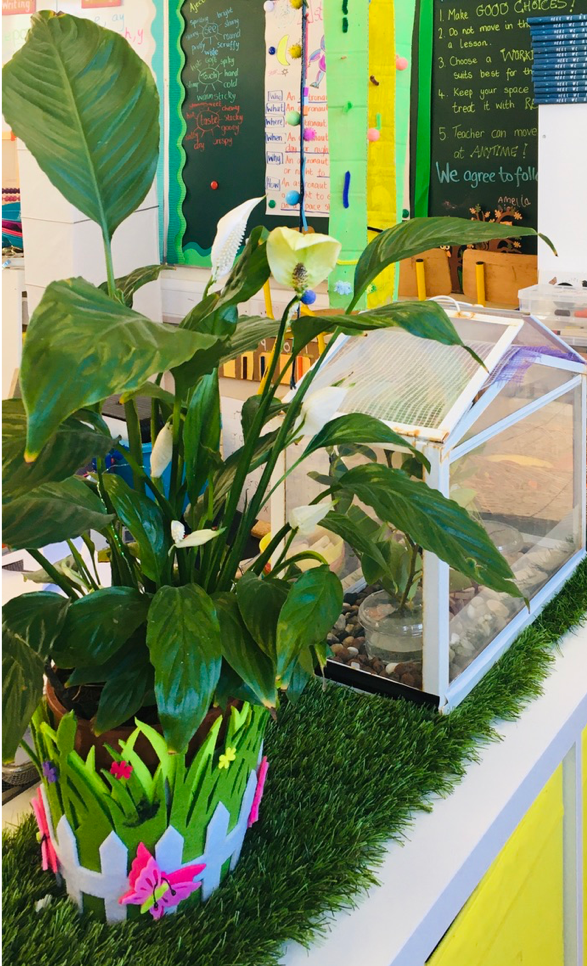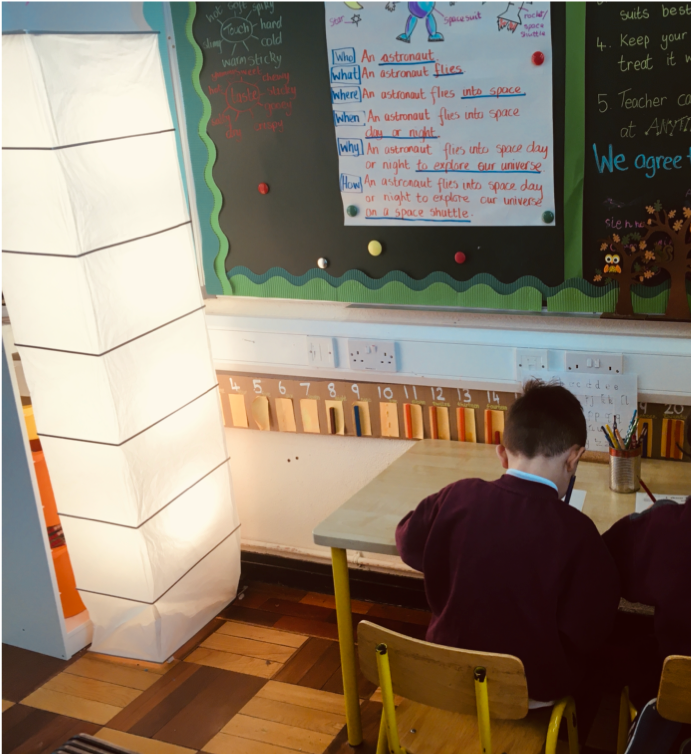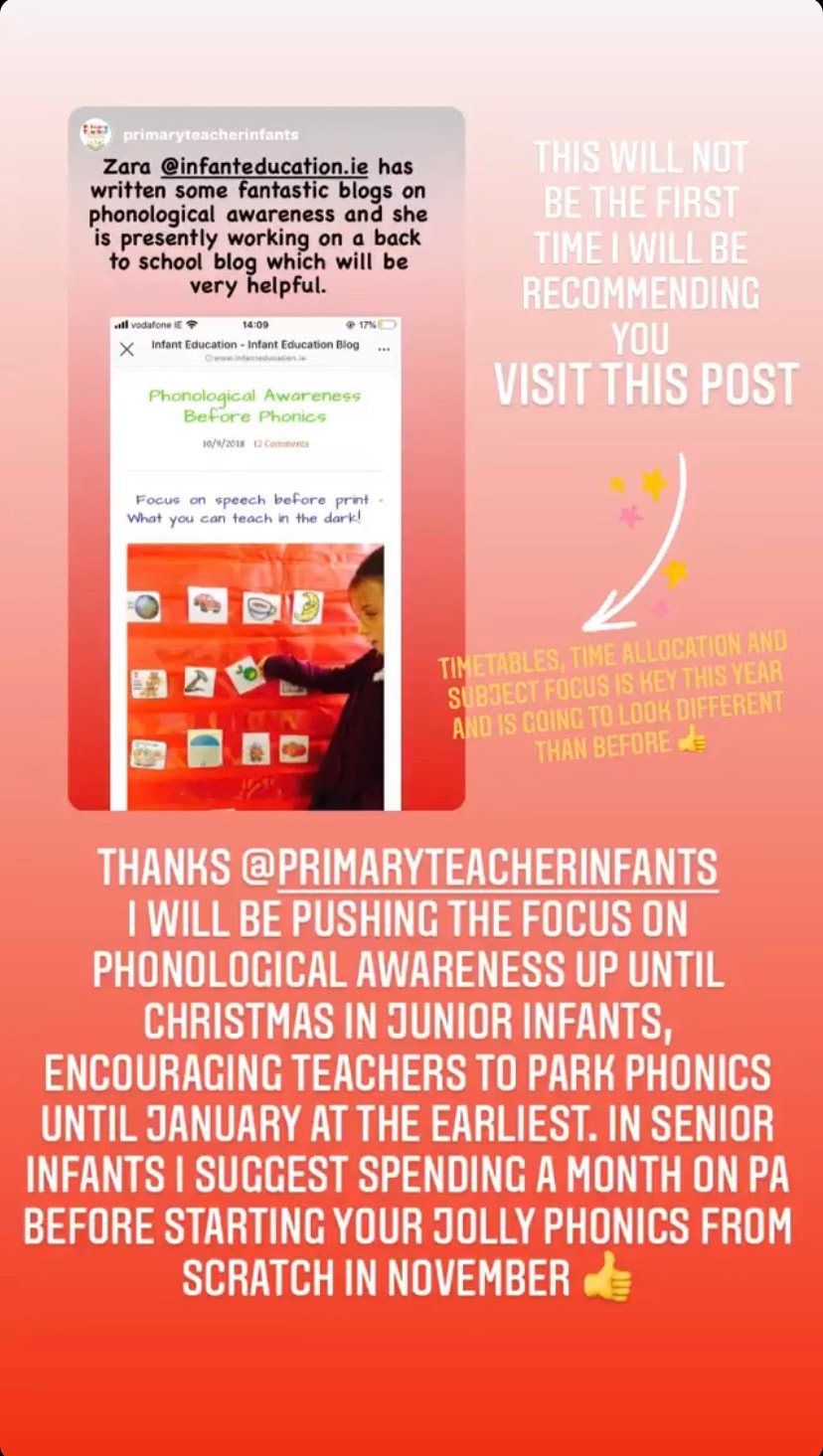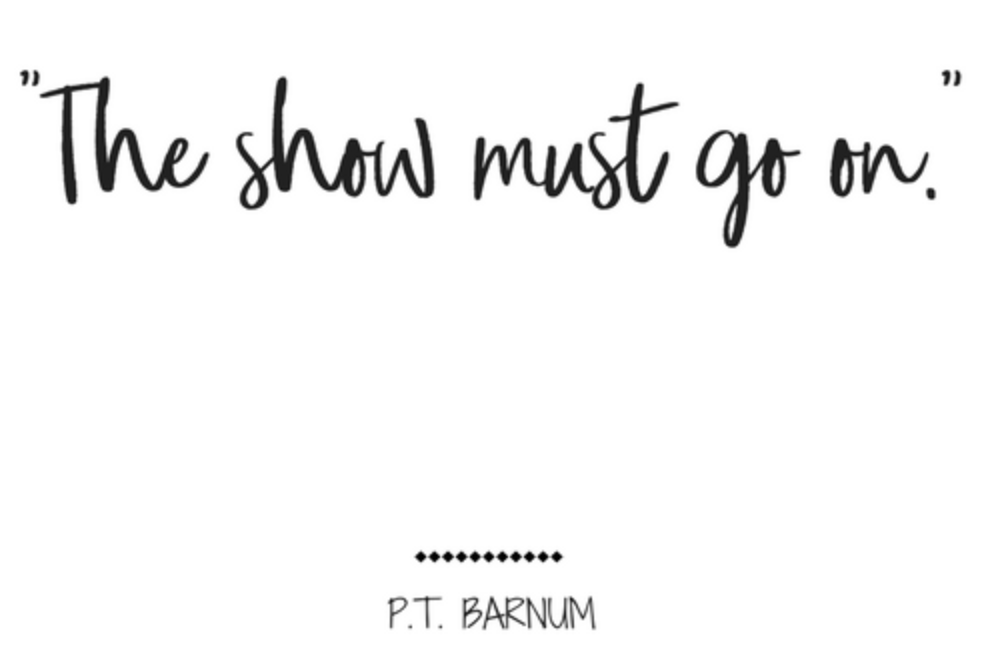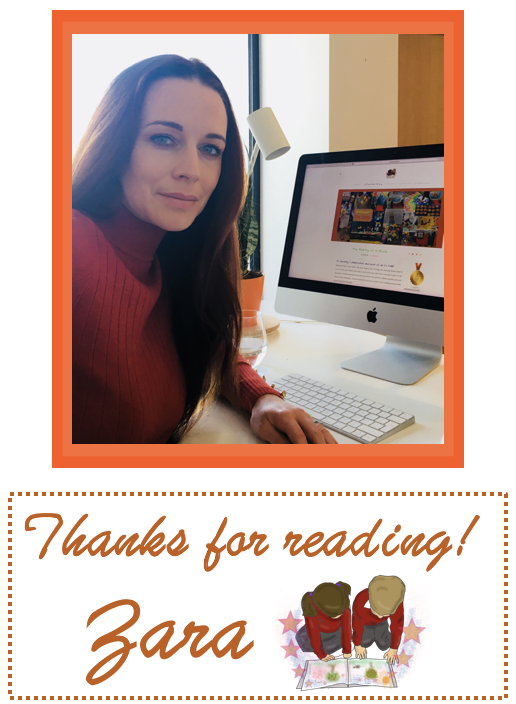The Balanced Approach!
Following a recent survey on my social media pages, it will come as no surprise to many that there is a high level of trepidations amongst teachers around how a safe return to school will look. Uncertainty, questions and debate hover around teachers like vultures waiting to pounce should schools interpret the guidelines in the wrong way! Anxiety is building, and we want answers. How can we offer a high-quality learning experience and keep everyone safe at the same time?
The reality is there will be risk involved in reopening schools, and there is no guaranteed safety. But what are the alternatives, given that this Covid19 is here for the foreseeable future? We need to evaluate the risk and mitigate it in a realistic, practical manner if we are to manage to live alongside this virus.
The reality is there will be risk involved in reopening schools, and there is no guaranteed safety. But what are the alternatives, given that this Covid19 is here for the foreseeable future? We need to evaluate the risk and mitigate it in a realistic, practical manner if we are to manage to live alongside this virus.
How do the teachers feel about returning to school?
We need to address the concerns of the teachers in the classroom. Overall the feedback I have I received shows an overwhelming concern for the welfare of children and the quality their learning experience. Teachers care about doing a good job! To get an idea of these concerns, scroll through the messages below. There are hundreds of them but just a drop in the ocean of how teachers are feeling all over Ireland!
At what point does the mental health of our teachers and children become a more significant risk to health than the virus itself?
| At this point, I want to voice a concern that came to mind after reading these. I am worried for young teachers who maybe feel they don't have a voice because of their position in a school. Or teachers new to infants who just don't realise how those guidelines simply won't sit neatly into the reality of the classroom. At what point does the mental health of our teachers and children become a more significant risk than the virus itself? This is a serious question that needs addressing. |
Mental Health!
I'm afraid along with all else; the responsibility may fall on the principal's to make sure their classroom teachers and sna's, who on the best of days have an extremely challenging and stressful job do not end up burnt out! I urge principals to listen to your staff, especially young teachers and NQTs. Please don't overburden teachers with unattainable expectations. Over-emphasis on cleaning, social distancing, restricted and oldfangled teaching practices will soon bring to light this other problem, MENTAL HEALTH. To the majority, this will do more damage than any risk of this virus simply because it will be present all day, every day in the classroom whereas COVID is not!
Understandably, teachers have concerns for themselves, their families and the children they teach, all of which I address below. But first, to help rationalise those fears, it helps to understand the virus as much as possible. Informing ourselves is one way we can help validate our concerns. No teacher should go back to school without knowing the basic facts about this disease, so this is where I will start. Bearing in mind there are many unknowns about coronavirus, and research is ongoing. Here is what we know now.
Top Ten Facts About Covid19
All Civid10 facts stated througout are taken from recomended sources WHO, Hiqa and Dr Matt Butler @mjb302 a consultant from the COVID Assessment Unit at Cambridge University Hospitals. All linked and referenced at the end of this blog. We need the science and knowledge to guide our reopening as much as is possible.
Taking the above factors into account we need to risk assess our teachers on our staff. It is viable to have individual precautions for individual teachers. If it is possible schools should consider putting higher risk teachers into older classes where it is easier to SD and teach using PPE.
So what might a real infant class look like this September?
The guidelines are open to interpretation. You could take it to one extreme or the other, but I choose the take the Balanced Approach!
The overall picture I got from the teacher's have an abundance of aniexties around eradicating the virus in their classroom at all costs. These expectations will have teachers on mental breakdown before the children even arrive at their door. A more workable approach would be to reducing risk where possible rather than setting out to eradicate it all together.
The ideas shared below support teacher's in REDUCING RISK, NOT ERADICATING it, in a practical, workable manner.
60 Second Cleaning Hacks!
It's all well and good to put down on paper that we should clean everything a child touches before another child reaches for it. In reality, we know that this is hugely impractical in an early year setting and let's be honest, impossible. Taking resources out of the classroom is not the answer; putting in place realistic cleaning regimes that are practical and workable long term is.
The Essentials
| The Daily Tud - One tub set up each morning with some disinfectant, water and a large laundry bag. Throughout the day, I'll chuck in anything that I feel needs cleaning. Particularly if I catch a child with something in their mouth or they sneeze or cough on something. At the end of the day, I drain the bag, leave it to dry (indoors or outdoors) on the clothes horse. |
Laundry Bags - Availible on Amazon or Mr Price etc. Use occasionally to clean blocks, lego etc. These are massive ones, and I got three in a pack on Amazon. Also perfect for popping lego or other plastic resources into the dishwasher or washing machine on a quick cycle. A pillowcase would work too.
Tuff Tray - I'll be using a large towel laid inside the tuff tray to dry things overnight.
Tuff Tray - I'll be using a large towel laid inside the tuff tray to dry things overnight.
|
Homemade Wipes - simple add washing up liquid or Milton with water in a tub, add the towels. Remove excess water. Children can grab a damp cloth whenever needed and dump it into The Daily Dunk when finished. Remember, the idea is to remove the virus or wash it away. |
Dettol Spray - My Friends in the UK say that this stuff is the bee's knees for a quick answer to cleaning resources. This is the cheapest source I found. |
|
DIY Disinfectant Spray - Better yet make your own 5L Dettol/Milton sprayer by adding a water and Dettol mix to a weed sprayer. These only cost €13.50, and with a quick pump, you get a continuous spray. Layout your resources or spray down the roleplay areas. |
Steamer - If you have a steamer handy, this will work even better. Again add disinfectant to your water mix in the steamer, and you have a high-temperature anti-viral fix!
|
Extra Cleaning Tips
- Increased cleaning hours are allocated and school cleaners will be responsible for cleaning, floor, carpets/rugs, chairs and tables.
- Children will be involved in daily cleaning routines, set a roster. Focus on 'high contact points' that are regularly touched: chairs, light switches, backs of chairs, taps, shared pen/pencils, door handles, scissors, whiteboards.
- Stair railing is a high contact point; one idea would be to have the first person in the line (child/adult) use a wipe at the start of the bannisters, run it along as they lead the rest of the class line up the stairs and dump it into a designated bin at the top/bottom of the stairs.
- Dettol, Milton, washing liquid or any simple detergent works fine to remove or kill germs. Warm water breaks down the fatty layer of the virus more effectively. You don't have to apply something that kills the virus; you can simply use something damp to remove the virus and then rinse it down the sink.
- Imagine the virus as simular to a powder partial, when rubbed onto a wet surface (wet cloth) it won't disperse into the air when disturbed. Don't use buffers or dusters for this reason.
Know Your Surfaces
Depending on the type of surface the virus lands it will only live for a certain amount of time before it naturally disperses. In some cases, it may suffice for teachers to quarantine the resources for a period of time.
It is the type of surface the virus lands on that determines how long it will live.
- In some cases, it may suffice for teachers to quarantine the resources for a period of time. Especially teacher's who will share resources between bubbles.
- The shinier the surface, the longer it will live.
- Good news for cardboard classrooms like mine!
- Clothing - it dries out quicker because of the ruff surface, and therefore it survives and is transmittable for about 6 hours. Good news for dress up. So there is no need to clean your clothes after every wear. Put into storage for a few days.
- Glass and stainless steel and other smooth surfaces it stays for up to 7 days.
- Paper dries the virus more readily, so it possible it only lives up to a day or 2. If collecting homework on a Friday, you could leave it until Monday to correct.
- Survival on carpets would be very minimal because of the pile/ ruff surface, and a vacuum will standard filter devise will remove the virus. So NO NEED TO GET RID OF YOUR CARPETS or RUGS!
- Amend your curriculum time to include cleaning regime during the day.
- Limit yourself to 10/15 mins max daily for cleaning with a support member of staff when possible. Our job is to teach, and you will need to continue to spend your spare time planning lessons and managing your classroom.
Cleaning regularly and frequently is key to get us through this time until a vaccine becomes available. But even this can only be done to an extent before it starts to result in other health risk factors such as skin damage and OCD (remember, OCD is a life long condition)
Remember - Supporting Classroom Teachers is Essential.
Remember I'm not attempting to eradicate the risk of transmission, I'm trying to reduce the risk WITHOUT impacting on my mental health! A rota between ALL school staff who do not work in the class should be arranged to support classroom teachers for 10/15 minutes after school each day with cleaning, and this should include SET and SNA staff members. It is NOT ok to expect a classroom teacher to shoulder the burden of cleaning in schools. Get a group text going with your most trusted colleagues, support each other, talk through your worry, share your anger, vent, laugh or cry!
Physical Distancing [PD]
Physical Distancing Children: Social distancing between children is NOT required in junior infants – 2nd class because it's not possible, not maintainable or simply put, not right, whatever you want to call it. Any attempt to assert social distancing with young children will cause children distress and bewilderment and will be impossible to manage.* We MUST continue to be social! I will be teaching the idea of personal space the way I always have. Simply a slightly extended version of the Space Bubbles, it will be playful, happy and a healthy learning experience.
Physical Distancing Adults: Social distancing between adults is critical and the key to stopping the spread of the virus within a school. Group staff into smaller lunchtime groups, hold staff meeting via zoom where possible, if not if the hall. Teacher's who work together in the same class bubble will not always be able to SD but should make every effort.
Physical Distancing Adults and Children: Distancing between teacher and pupils is most important, more important than pupils and pupils which you won't be able to maintain. If two children are interacting together, you need to avoid going into that situation to pull them apart because you are putting yourself at higher risk. I understand that PD from children will often be unavoidable so I'll talk you through how to manage that below.
Physical Distancing Adults: Social distancing between adults is critical and the key to stopping the spread of the virus within a school. Group staff into smaller lunchtime groups, hold staff meeting via zoom where possible, if not if the hall. Teacher's who work together in the same class bubble will not always be able to SD but should make every effort.
Physical Distancing Adults and Children: Distancing between teacher and pupils is most important, more important than pupils and pupils which you won't be able to maintain. If two children are interacting together, you need to avoid going into that situation to pull them apart because you are putting yourself at higher risk. I understand that PD from children will often be unavoidable so I'll talk you through how to manage that below.
Bubbles
Class Bubbles are the most practical way to minimise transmission within a school. The aim of this system is that classes only mix within their class [single or multi-stream] for the entire school day. However, this will not be possible for the yard in many schools. When your setting doesn't allow multiple yard areas, they should mix with as little other children as manageable.
Treat each classroom as a Class Bubble. In smaller primary schools, this may include pupils across a number of class years. The key point is to limit contact and sharing of common facilities between people in different Class Bubbles - DES guidelines
Classes passing in the corridor will not cause significant risk. Keep left is a general rule to follow. Within my Bubble I will use three types of set-up at various times during the day.
|
Individual work - When working on their own children will be encouraged to spread out as much as possible or work in pairs for a length of time. For this reason I will not increase desks in my classroom but rather spread them out around the sides, clearing as much floor space for playful learning. I have discussed this type of seating arrangement in my flexible seating blog here. Avoiding face to face seating arrangements can work to reduce transmission. |
|
Group work - sometimes children will work in groups, much like we always have, especially during aistear and play. Nothing new here. They will sanitise their hands before and after working on shared projects like this. Resources will be cleaned or put into isolation for a few days, depending on their material. |
PODS
Pods - A group of children that do not mix at any point with the other pods within their bubble.
The use of Pods are different to normal tables or groups class would normally have. Pods are a form of social distancing and are NOT a compulsory requirement contrary to what many teachers seem to think (see DES guidelines below). The restrictions of Pods will hinder learning significantly and impact on wellbeing longterm. Their disadvantages FAR outweigh their benefits.
Let me paint a picture of a busy infant classroom where we are all in close proximity for 5 hours a day and let's face it; children move, fact. We come together for teacher-led learning, essential for good communication and classroom management. We change groups multiple times during the day for differentiation (generally speaking, one grouping does not fit all across subjects). Other times during the day pods will mix include PE, maths, literacy, toilet trips, arrival, hometime, moving through corridors. Bear in mind most of the children will skip off together after 1.40 to playdates, childminders, after school clubs and playgrounds. So you have to think is all the effort of pods worth the loss of learning opportunities and stunted social development?
Let me paint a picture of a busy infant classroom where we are all in close proximity for 5 hours a day and let's face it; children move, fact. We come together for teacher-led learning, essential for good communication and classroom management. We change groups multiple times during the day for differentiation (generally speaking, one grouping does not fit all across subjects). Other times during the day pods will mix include PE, maths, literacy, toilet trips, arrival, hometime, moving through corridors. Bear in mind most of the children will skip off together after 1.40 to playdates, childminders, after school clubs and playgrounds. So you have to think is all the effort of pods worth the loss of learning opportunities and stunted social development?
|
The idea of pods are better suited for older classes and will enable a healthy amount of collaboration between peers in 3rd - 6th classes. Check out how @ismuinteoirme set up her tables into pods in her 3rd class. |
If You Use Pods
If you choose to use pods that is absolutly fine, ultimatly you have to do what your comfortable with and teacher's should have a say in this. But if like me, the thought of confining children to one pod in their class for the foreseeable future turns your stomach than you have a CHOICE not to use them. I have no doubt they'll quickly burn out anyway as the did in the uk after just six weeks following a return to school.
Maybe a better option would be to do normal groups. I would, however, suggest you change them up every few weeks in Junior Infants to ensure that children get a chance to get to know their classmates. Building friendships in the early years of school is so important and not every child will click with the child they're sat next to. They need an opportunity to get to know all their classmates, as a parent this is so important, espically if your child has dificulty making friends.
Where possible, sit friends together or in the case of JI group, children who know each other from playschool or home. You will need to give yourself the first few weeks to get the pods right and change them as you need to. Common sense people, if Barry and Paul are going to spend the day disagreeing with each other, you're going to have to move them!
The most important thing is, don't worry if you need to change the pods around occasionally. It's unlikely you'll get them perfect on the first go, you don't even know your class yet! Don't worry if the pods cross paths or mix during the day; this is unavoidable when working with children. If a child needs to move for whatever reason, let them move. Be reassured in the knowledge that every time a pod does work that is an effort made to reduce potential transmission, and that is the best you can do.
Maybe a better option would be to do normal groups. I would, however, suggest you change them up every few weeks in Junior Infants to ensure that children get a chance to get to know their classmates. Building friendships in the early years of school is so important and not every child will click with the child they're sat next to. They need an opportunity to get to know all their classmates, as a parent this is so important, espically if your child has dificulty making friends.
Where possible, sit friends together or in the case of JI group, children who know each other from playschool or home. You will need to give yourself the first few weeks to get the pods right and change them as you need to. Common sense people, if Barry and Paul are going to spend the day disagreeing with each other, you're going to have to move them!
The most important thing is, don't worry if you need to change the pods around occasionally. It's unlikely you'll get them perfect on the first go, you don't even know your class yet! Don't worry if the pods cross paths or mix during the day; this is unavoidable when working with children. If a child needs to move for whatever reason, let them move. Be reassured in the knowledge that every time a pod does work that is an effort made to reduce potential transmission, and that is the best you can do.
And above all else, DO NOT get cross with the children if they don't get it and do not allow the children to become aware of your anxieties.
PPE
Top Tips to keep teachers safer in classroom!
Certain times during the day, you won't be able to wear a face mask. Teaching phonics and phonological awareness is one that springs to mind. Most of our communication with children rely heavily on facial expression, body language and lip-reading. Facial expressions are particularly important in the early years where children are just beginning their language learning journey, particularly so for DEIS and EAL children. For this reason, wearing a face mask is not always practical. With this in mind here are a few tips to keep teachers safe in the classroom.
|
|
|
|
|
| Get some eye protection. If you're not wearing a visor, or just a mask wear glasses. If you wear contacts wear glasses or fake one if you don't wear prescriptions. keep Covid out of your eyes! |
Keeping you family safe!
- Don't bring your shoes at home. Keep a pair, especially for school and change them when you get to your car. Keep a box in your boot for these 'dirty' shoes. You don't want to be walking school shoes around your house.
- Keep sanitiser in your car for your keys, phone and watch. Keep as much as you can in your car boot and bring as little as possible into your house.
- Change out of work clothes when you get home and either wash them or leave them to quarantine for a few days.
- Get a shower when you get home.
- Get the flu jab this year and take your vitamins. Multi vit, C, zinc, D3, B12 and a probiotic.
Shared Resources
Individual Resources
| Remember that the infant curriculum is play-based and resources are an essential part of learning throughout the day. Specific resources lend themselves well for allocated, individual use. For years I have used individual pencil boxes and assigned storage boxes for children. It is a good way to teach children about personal responsibility. But it's not fail-safe, they still manage to mix up their resources. These are some of the items that might work for individual use: pencils, colours, scissors, paintbrush, rubber, whiteboards and markers. | These are from Ikea and I have used them for years. One box per child. The Superhero signs are on my Mash.ie shop. |
| | Dee from @PlayfulClassroom got these lovely boxes for individual resources if you're lucky enough to have enough supplies for individual sets that's great but don't worry if you don't. |
Group Resources
| There will be times when children have to share resources in a group. It may suit to have certain daily resources allocated to a specific group. If not, they'll have to share and you can wash often. Please don't be tempted to replace active learning with worksheets because it's an easier option that requires less cleaning, you will be doing children a great disservice if you decide to take this approach. |
Whole Class Resources
| At other times during the day, sharing resources within your whole bubble will be unavoidable. Station work, ability groups, whole-class activities and of course Aistear. Again reduce sharing when practical but don't burn yourself out by putting an over-emphasis on this. We still have to be able to teach the children. Sanitise hands, and clean at the end of the day. |
Classroom Environment
As a parent and a teacher who greatly values a child-centred approach to learning, I cannot emphasise enough the importance of creating a learning environment that makes my child feel safe and not scared. Stripping a classroom bear on return to school will frighten children. An infant classroom should radiate play, love and home. A place where children belong. Please consider the following when setting up your classroom:
- Classroom environment should be playful, with plenty of space to move around. Reducing tables and clearing more floor space might be the answer here!
- The atmosphere should be homely, replacing brightly coloured plastic with more natural tones like cardboard and wood.
- I bring in plants and a class pet, various lighting propped around the room to create a warmer, calmer, environment with lots of natural light and plenty of ventilation.
What Will Curriculum Allocation look like?
Play is most certainly the most essential item on the menu for all children! I was absolutely shocked to receive messages from teachers saying they have had all play areas removed from their classroom on return to school. This is seriously worrying and needs to be addressed by the DES with urgency. Play is not only advised as essential in the guidelines but is a requirement of our play-based curriculum. Please take some time to visit @LittleMissTeacher's and read her blog on play here. Clara is a lecturer in Marino Institute of Education. Good integrated, playful learning is the quickest way to cover a range of subject areas and learning outcomes. We have a lot to catch up on, but we can do this!
We must recognise, is that the guidelines:
- are recommending play
- are recommending circle time
- are encouraging teachers to adopt the 'slow down to catch up' approach from NEPS
- are encouraging collaborative learning
- - CLARA FIORENTINI
| | Lorraine from @All_Things_Primary has a beautiful set-up role play area ready for all her incoming infants in September! They will certainly feel right at home in this cosy little play area! Let the Aistear fun begin! |
Literacy - Phonological awareness, fine motor development, mark-making should be the focus until Christmas at the earliest! Follow the links below that will guide you to a range of must-read blogs that support playful teaching ideas.
To Conclude!
After months of worry and anxiety around a return to school, I have accepted that for my mental health, I can only accomplish the possible. So for these reasons, I have set myself achievable goals for the year ahead. Calm and positivity starts at the top, with your principal and works it's way right down to the children! If you have made it to this conclusion, you deserve a Blue Peter Badge! Like me, I hope you feel a little more reassured that 'Back to School' might not have to be all that different after all. We can be prepared and confident that the precaution we must take will be manageable. It's going to be ok.
Classrooms will continue to be the happy little hives they should be, cleaning will increase (this has always been an issue in schools, it only took a pandemic to sort it!) Children will play, happy voices will be heard and learning will flourish once again. And for the sake of your sanity don't overthink everything you read online, policies, guidelines, articles (this blog included). No one has all the answers because the story has yet to unfold. I wish you all a happy return to your class!
Further Reading and references
I would just like to say a little thank you to the doctors, nurses and my UK teachers friend who all help me in my research for this post! You are all amazing.
For all principals and teachers, I seriously recommend you listen to these webinars at some point.
Hiqa - Evidence summary of potential for children to contribute to transmission of SARS-CoV-2
For all principals and teachers, I seriously recommend you listen to these webinars at some point.
Hiqa - Evidence summary of potential for children to contribute to transmission of SARS-CoV-2
I would like to thank the children who kindly consented to having their work samples and/or photographs used on this website. Infant Education was granted parental permission for the participation of their children on this website.
© InfantEducation.ie 2019. Unauthorized use and/or duplication of this material without express and written permission from this site’s author and owner is strictly prohibited. Excerpts and links may be used, provided that full and clear credit is given to InfantEducation.ie with appropriate and specific direction to the original content.

